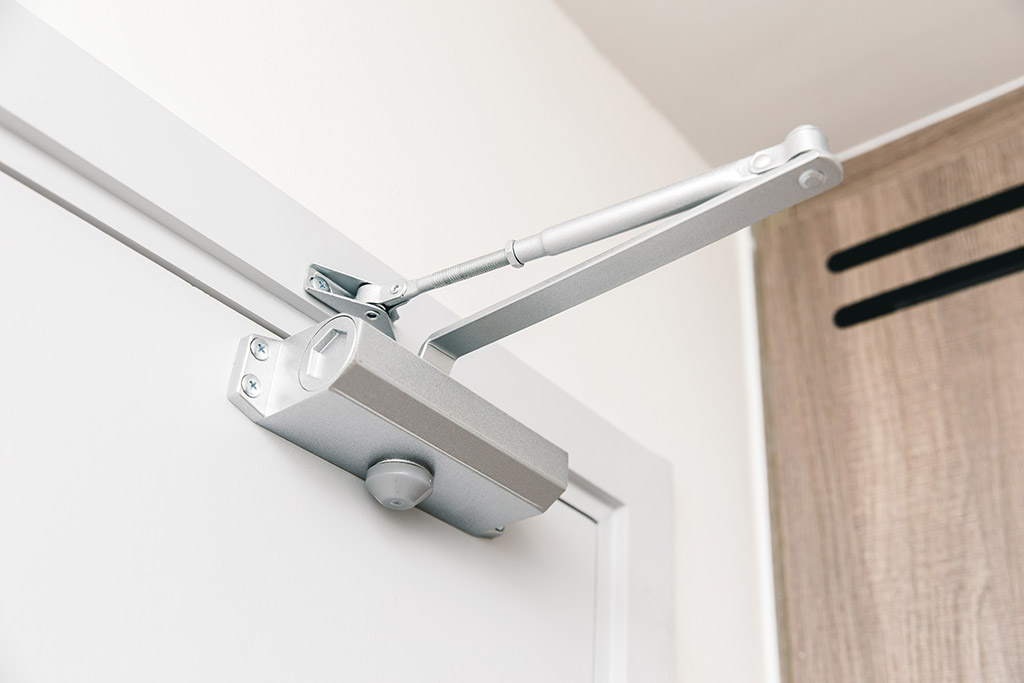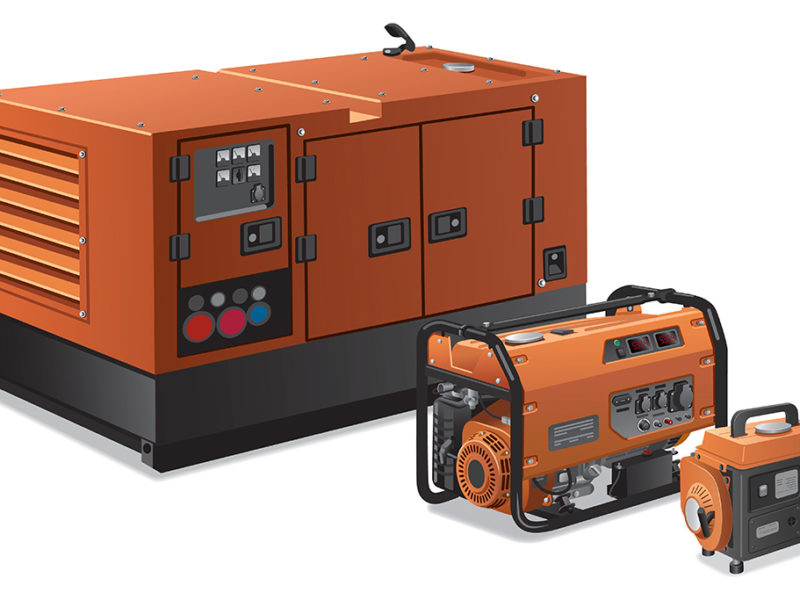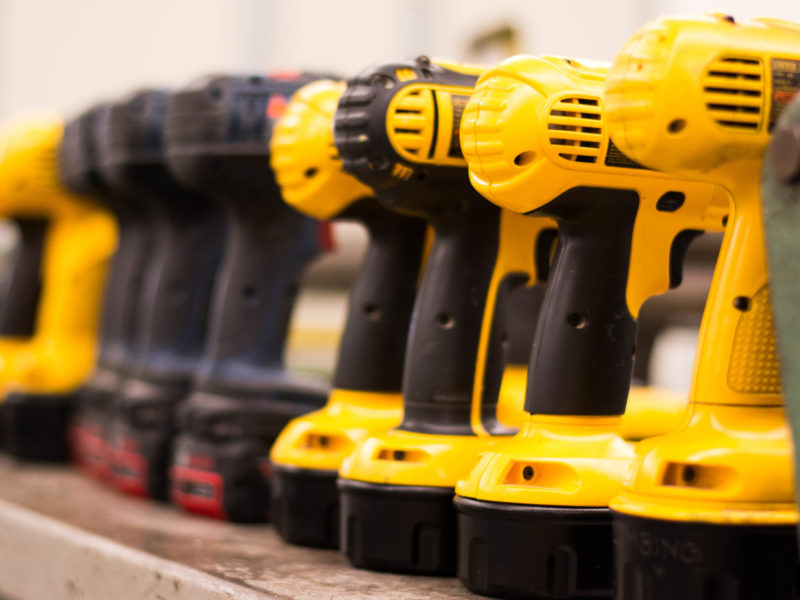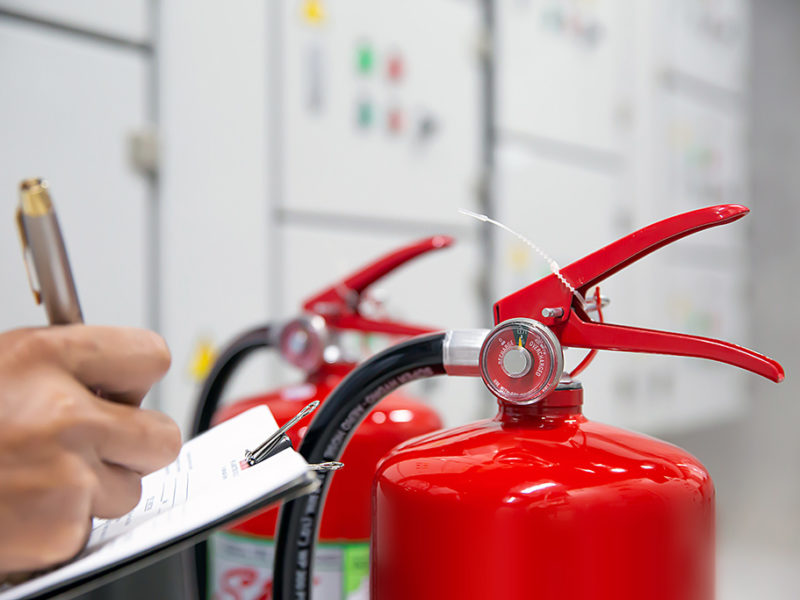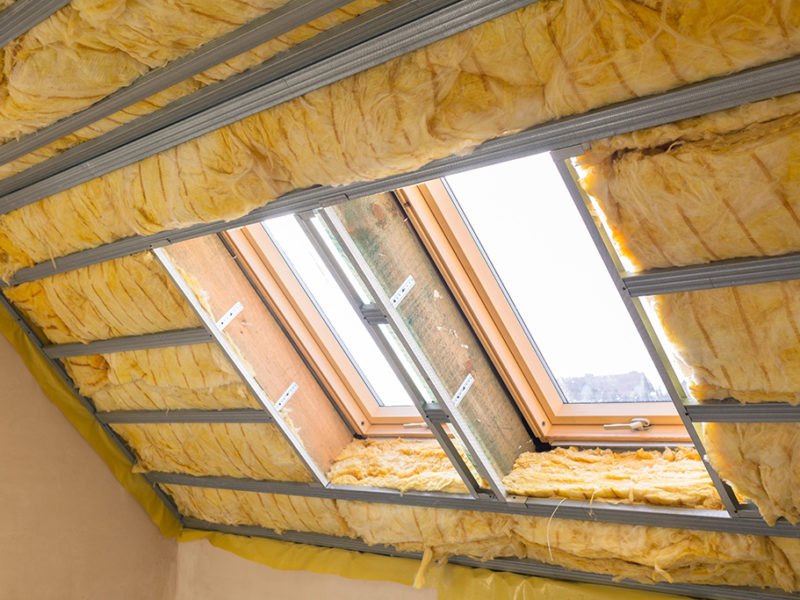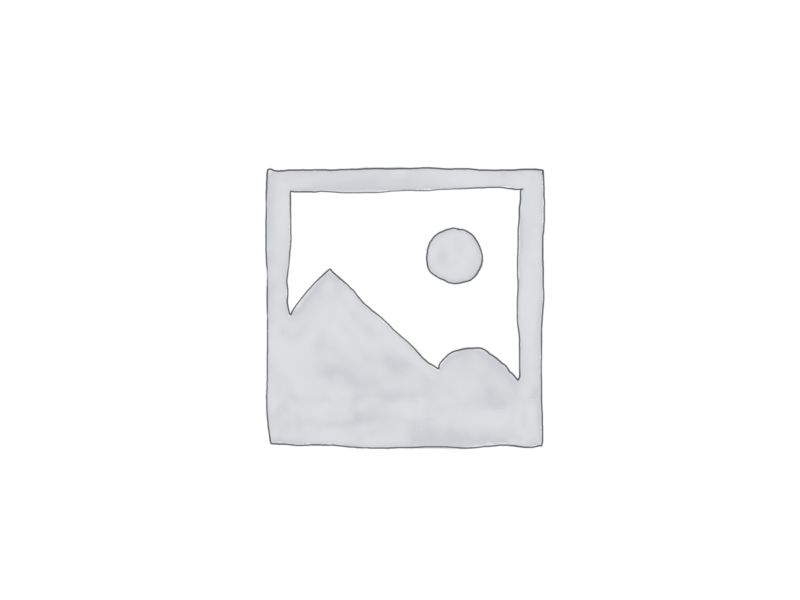Passive Fire Protection Market Report – UK 2020-2024
Available as an Instant Download PDF
The 2nd edition of the Passive Fire Protection Market Report- UK 2020-2024 contains analysis of the key passive fire protection products, recent market trends and future prospects, along with supplier and distribution analysis.
£1,599.00 Exc. VAT
The 2nd edition of the Passive Fire Protection Market Report – UK 2020-2024 incorporates original input and primary research. The report contains analysis of the key passive fire protection products, recent market trends and future trends, along with supplier and distribution analysis.
Key issues analysed:
- Overall Market for Passive Fire Protection – size, recent trends and key influences, forecasts and development to 2024.
- Analysis by Market Sector – review of Fire Doors, fittings and intumescent seals, Fire resistant cables, Fire resistant partitions and ceilings, Fire resistant glass, Fire resistant structural, Fire resistant ductwork and dampers – market size, overall product mix within each sector, trends and influences.
- Market Structure – review of market structure, major groups, company profiles, anticipated future developments.
- Key End Use Sectors – analysis of key end use sectors, construction trends, developments and opportunities.
Areas of particular interest
- Market development in 2015-20 – driven by wider construction and refurbishment activity, including offices, education, healthcare, leisure and residential construction sectors.
- Industry developments including legislation arising from the Hackitt Review, technological developments, long-term trends in fire prevalence.
- Increased emphasis on higher performance products, including more bespoke products and greater environmental considerations.
- Supply and distribution – market structure, supply channels and key players in each channel.
- Market prospects to 2024 – including a review of key market drivers and influences.
Some of the companies included:
Tyco Fire & Integrated Solutions Ltd, Assa Abloy (Lorient Polyproducts), Dixon International Group Ltd, Tremco Illbruck Ltd, Kingspan Insulation Ltd, Knauf Insulation Ltd, Tenmat Ltd, Ravago Building Solutions Ltd, Ductwork & Damper Systems, Fire Protection Ltd, Exyte Hargreaves, Trox UK Ltd, B.S.B Engineering Services Ltd, Morgan Technical Ceramics Ltd, Prysmian Cables & Systems, Ventcroft Ltd, Tratos (UK) Ltd, AEI Cables Ltd, Rockwool Ltd, Saint-Gobain Ltd, Promat Ltd, Planet Contracting, SAS International, Pyroguard, Pilkington UK, Saint-Gobain Glass (UK) Ltd, AGC Glass Ltd and more.
Key areas covered:
The Market
- UK passive fire protection market, market definition, overview of market size by value, recent and current situation 2015-2019 with estimates for 2020, recent market performance, factors underpinning demand and value growth.
- Fires in Great Britain 2010-2020 – covering both dwellings and non-dwellings.
- Key market influences – including construction output, residential housing market, economic developments and legislation.
- Market prospects – market size, key growth areas, market developments and forecast trends up to 2024.
Product Mix
- Market mix by product – mix and sector trends 2019, factors influencing each sector.
- Market size for fire doors, fittings and intumescent seals 2015-2024 – key product mix and trends and sector development.
- UK market for fire doors 2019 – mix by material type and sector development.
- UK market for fire door fittings 2019 – mix by product type and sector development.
- Market size for fire resistant cables 2015-2024 – technological developments, product trends, legislation.
- Market size for fire resistant partitions and ceilings 2015-2024 – key product mix, sector and product trends, legislation.
- Market size for fire resistant glass 2015-2024 – market size and trends, key product mix, main drivers.
- Market size for fire resistant structural 2015-2024 – key product sectors and trends, sector development.
- Market size for fire resistant ductwork and damper systems 2015-2024 – key product sectors and trends, upcoming legislation.
Supply and Distribution
- Market structure – UK supply base, major groups operating in the passive fire protection market, board, ceilings and glazing manufacturers, installers.
- Major groups and suppliers – including turnover size, recent developments and corporate and market activity.
- Company overview and financials for key distributors.
- Major distribution channels– supply chain analysis and routes to market, e.g. electrical wholesalers, specialist distributors, contractors etc.
- Review of key distributors – major players in each channel.
Tables and Charts
- There are 27 tables and charts included in this report.
The passive fire protection market is made up of several sectors, namely fire-resistant doors, fittings and intumescent seals, cables, partitions and suspended ceilings, glass, structural protection and ductwork and damper systems. Fire-resistant doors, fittings and intumescent seals are the largest sector of the market, holding a share of 54%.
Prior to 2020, the market experienced a period of consistent growth, increasing in value terms by 11% between 2015 and 2019. Much of this can be attributed to a positive performance in various sectors of the non-residential construction industry, such as commercial offices, infrastructure and leisure/entertainment.
The overall market for passive fire protection products is dependent on the performance of key sectors of the economy such as offices, industrial, entertainment, health and education. Activity in these sectors has a significant impact on demand for passive fire protection products such as cable, glass, ceilings, partitions and doors. In addition, the infrastructure sector represents a key use of structural protection products.
During 2020, however, market value is expected to suffer a major downturn due to Covid-19 and the accompanying adverse effects upon construction activity, economic outlook and business confidence. Overall, the longer-term scenario for the passive fire protection market remains mixed. Much of this will depend on how well the UK emerges from the various political and economic challenges posed by Covid-19, as well as what form Brexit will eventually take.
List of Contents
1. INTRODUCTION 8
1.1 INTRODUCTION 8
1.2 SOURCES OF INFORMATION 8
2. SUMMARY & MARKET PROSPECTS 10
2.1 SUMMARY 10
2.2 MARKET PROSPECTS 12
3. PASSIVE FIRE PROTECTION SYSTEMS 14
3.1 MARKET BACKGROUND AND DEFINITION 14
3.2 MARKET SIZE AND TRENDS 15
3.3 MARKET PROSPECTS 17
3.4 KEY MARKET INFLUENCES 20
3.4.1 Construction Market 20
3.4.2 Non-Residential Construction 22
3.4.3 Residential Construction 27
3.5 FIRE SAFETY AND FIRE REGULATIONS 31
3.5.1 Fire Safety 31
3.5.2 Building Regulations 33
3.6 FIRE PREVALENCE 35
4. PASSIVE FIRE PROTECTION PRODUCT MIX 37
4.1 OVERALL PRODUCT MIX 37
4.2 FIRE DOORS, FITTINGS & INTUMESCENT SEALS 38
4.2.1 Market Size and Performance 38
4.2.2 Timber and Steel Fire Doors 40
4.2.3 Fire Door Fittings and Closers 43
4.2.4 Intumescent Strips 44
4.3 FIRE-RESISTANT – STRUCTURAL 45
4.4 DUCTWORK & DAMPER SYSTEMS 47
4.5 FIRE-RESISTANT CABLES 49
4.6 FIRE-RESISTANT PARTITIONS/CEILINGS 51
4.6.1 Ceilings 53
4.6.2 Fire-Resistant Partitioning 54
4.7 FIRE-RESISTANT GLASS 56
4.7.1 Integrity Glass 56
4.7.2 Integrity and Insulation Glass 57
4.7.3 Market Prospects and Drivers 57
5. SUPPLY & DISTRIBUTION 60
5.1 FIRE DOORS, FITTINGS AND SEALS 62
5.2 FIRE-RESISTANT – STRUCTURAL 69
5.3 DUCTWORK & DAMPER SYSTEMS 73
5.4 FIRE-RESISTANT CABLES 76
5.5 FIRE-RESISTANT PARTITIONS/CEILINGS 80
5.6 FIRE-RESISTANT GLASS 85
APPENDICES 90
APPENDIX A: ECONOMIC ENVIRONMENT 90
A.1 OVERVIEW AND OUTLOOK 90
A.2 GDP 90
A.3 INFLATION & INTEREST RATES 92
A.4 EMPLOYMENT & WAGES 93
A.5 HOUSEHOLD CONSUMPTION 94
A.6 STERLING 95
Tables & Charts
CHART 1: UK PASSIVE FIRE PROTECTION PRODUCTS MARKET BY VALUE 2015-2024 £M MSP 10
CHART 2: UK PASSIVE FIRE PROTECTION PRODUCTS MARKET BY VALUE 2015-2024 £M MSP 16
CHART 3: CONSTRUCTION OUTPUT (GREAT BRITAIN) NEW WORK & RMI – CURRENT PRICES (£BN) 2015 -2024 21
CHART 4: NON-RESIDENTIAL CONSTRUCTION OUTPUT (GREAT BRITAIN) NEW WORK & RMI CURRENT PRICES (£BN) 2015-2024 22
CHART 5: NON-RESIDENTIAL CONSTRUCTION OUTPUT NEW WORK ANALYSIS BY SECTOR % BY VALUE GB 2019 AND 2024 FORECAST 23
CHART 6: RESIDENTIAL CONSTRUCTION OUTPUT (GREAT BRITAIN) NEW WORK & RMI CURRENT PRICES (£BN) 2015-2024 27
TABLE 7: GB HOUSE BUILDING STARTS AND COMPLETIONS (UK) 2015 TO 2024 – BY VOLUME ‘000 28
TABLE 8: HOUSEBUILDING COMPLETIONS MIX BY TYPE (HOUSE & FLATS) AND BY NUMBER OF BEDROOMS IN ENGLAND 2013/14 TO 2018/19 – % OF DWELLINGS 30
TABLE 9: NUMBER OF FIRES IN ENGLAND 2010/2011 TO 2019/2020 – BY DWELLING TYPE 36
CHART 10: UK PASSIVE FIRE PROTECTION MARKET PRODUCT MIX BY VALUE £M MSP – 2019 37
CHART 11: UK MARKET FOR FIRE DOORS, FITTINGS AND INTUMESCENT STRIPS 2015-2024 (£M MSP) 38
CHART 12: PRODUCT SECTOR MIX (FIRE DOORS, FITTINGS, INTUMESCENT STRIPS/SEALS) – VALUE £M MSP (%) – 2019 39
CHART 13: FIRE DOOR PRODUCT MIX– TIMBER/STEEL – VALUE £M MSP (%) – 2019 40
CHART 14: FIRE DOOR FITTINGS PRODUCT MIX (%) – 2019 43
CHART 15: UK MARKET FOR FIRE-RESISTANT STRUCTURAL PRODUCTS 2015-2024 (£M MSP) 46
CHART 16: UK MARKET FOR FIRE-RESISTANT DUCTWORK & DAMPER SYSTEMS 2015-2024 (£M MSP) 48
CHART 17: UK MARKET FOR FIRE-RESISTANT CABLES 2015-2024 (£M MSP) 50
CHART 18: UK MARKET FOR FIRE RATED SUSPENDED CEILINGS 2015-2024 (£M MSP) 53
CHART 19: UK MARKET FOR FIRE RATED PARTITION SYSTEMS 2015-2024 (£M MSP) 55
CHART 20: UK MARKET FOR FIRE-RESISTANT GLASS 2015-2024 (£M MSP) 58
CHART 21: FIRE-RESISTANT GLASS PRODUCT MIX BY VALUE – £M MSP (%) – 2019 59
TABLE 22: LEADING SUPPLIERS WITHIN THE PASSIVE FIRE MARKET AND THEIR ESTIMATED MARKET SHARES (%) 2020 61
CHART 23: UK DISTRIBUTION STRUCTURE FOR PARTITIONING SYSTEMS AND SUSPENDED CEILINGS 2020 80
CHART 24: DISTRIBUTION CHAIN – FIRE-RESISTANT GLASS – BUILDING PRODUCTS 2020 86
CHART A1: GVA CHAINED VOLUME MEASURES KEY CONSTITUENT ELEMENTS 2015-2020 – % CHANGE 92
CHART A2: CPI INFLATION AND BANK OF ENGLAND BASE RATE 2008-2023 – % 93
CHART A3: AVERAGE WEEKLY EARNINGS DATA (GB) TOTAL PAY 2014-2019 – £ STERLING (SEASONALLY ADJUSTED) 94
CHART A4: DISPOSABLE INCOME PER CAPITA AND THE SAVINGS RATIO AT CURRENT PRICES 2008-2023 95
CHART A5: EXCHANGE RATE FLUCTUATIONS STERLING TO THE DOLLAR AND THE EURO 2015-2019 – SPOT RATES 96

Paired Report Discount
Save £250 for every two reports you buy
Discount applied in basket
Frequently bought together
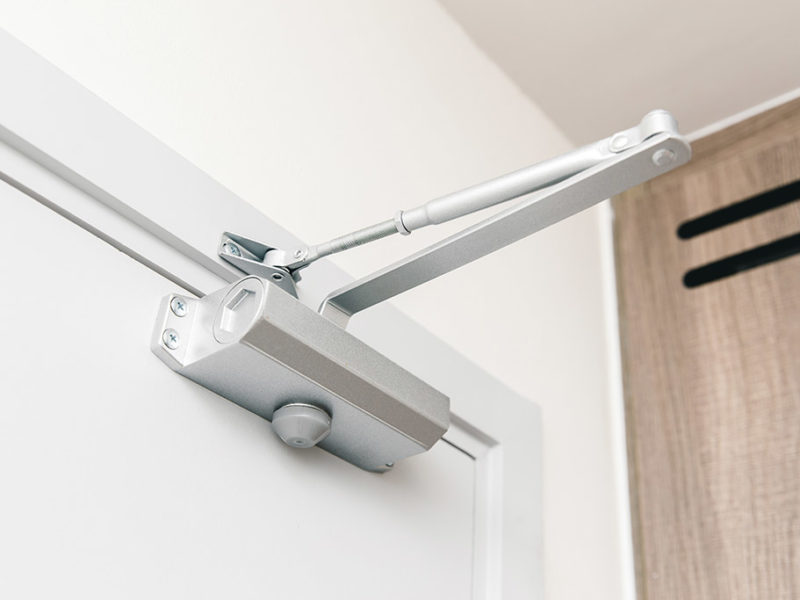
Trusted by industry leaders
For more detailed requests speak to our research experts directly
Research you can depend on
Our reports go deeper to give you the insights needed to make your next strategic move.
- Detailed assessment of the market – analysis of the market structure and recent developments within the market.
- Market prospects up to 4 years – market value, opportunities, impact of Covid-19, Brexit etc.
- Detailed information – market size, influences, market factors and key players.
- Analysis by product group – market size, product mix, sector trends etc.
